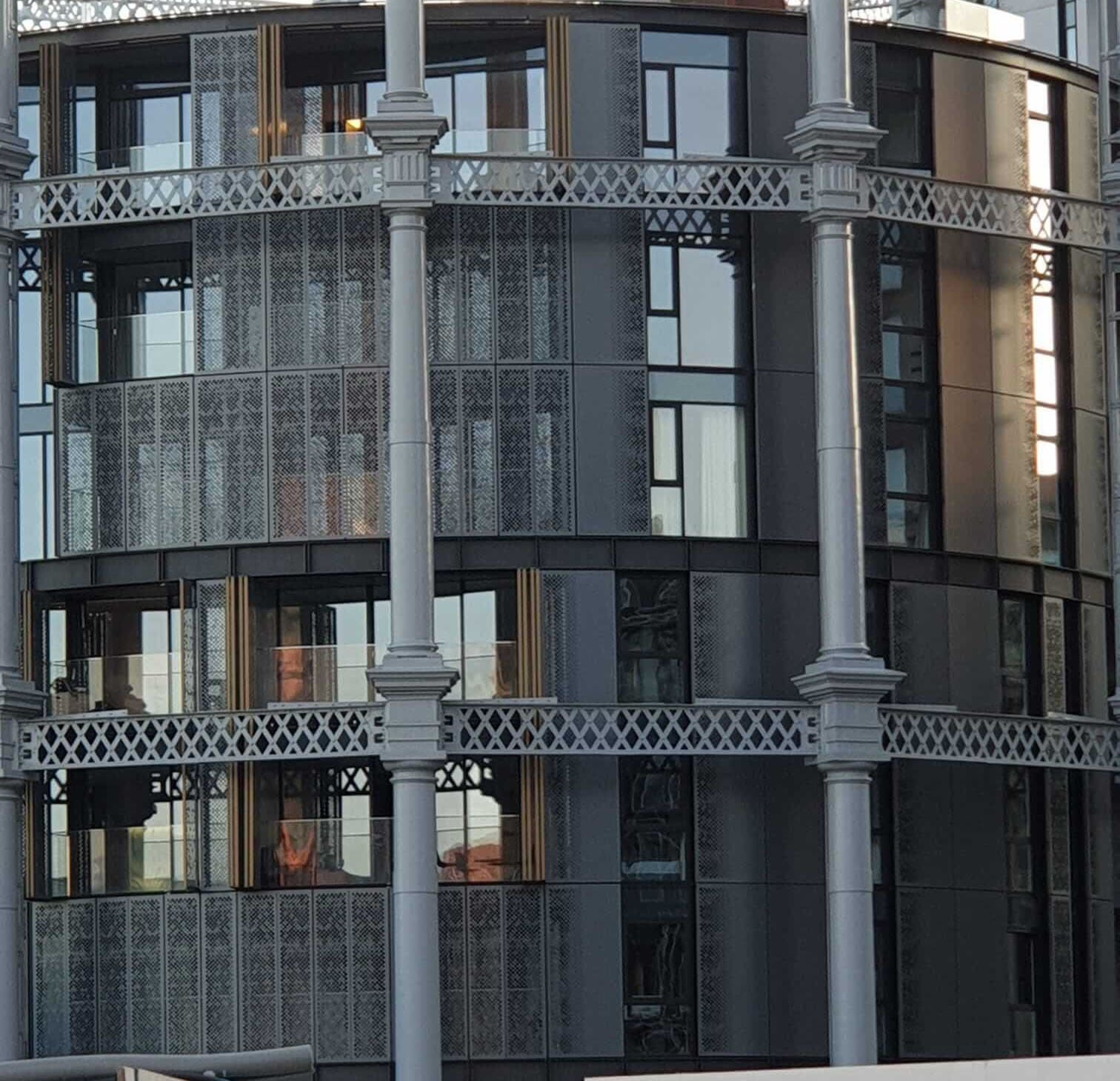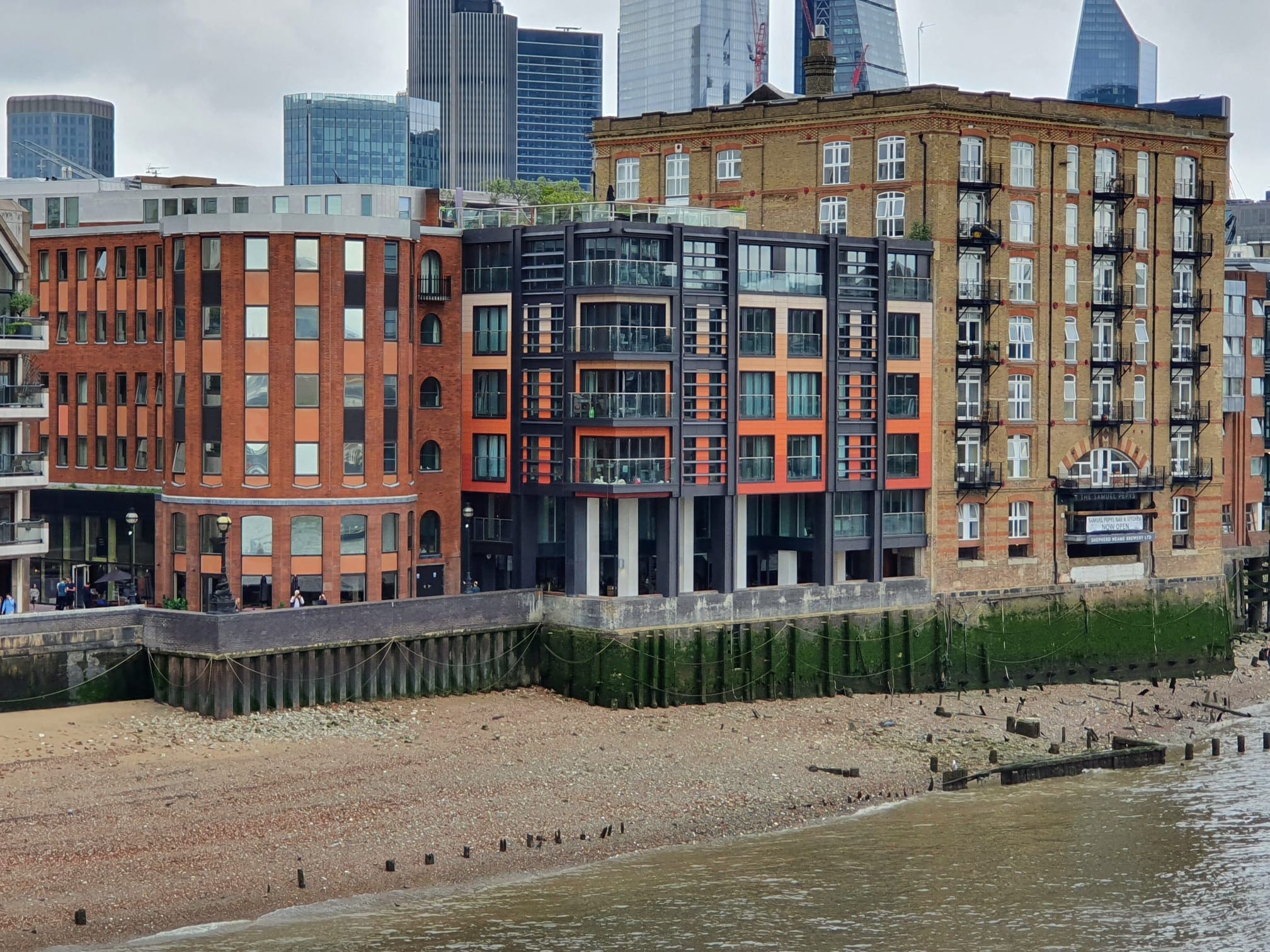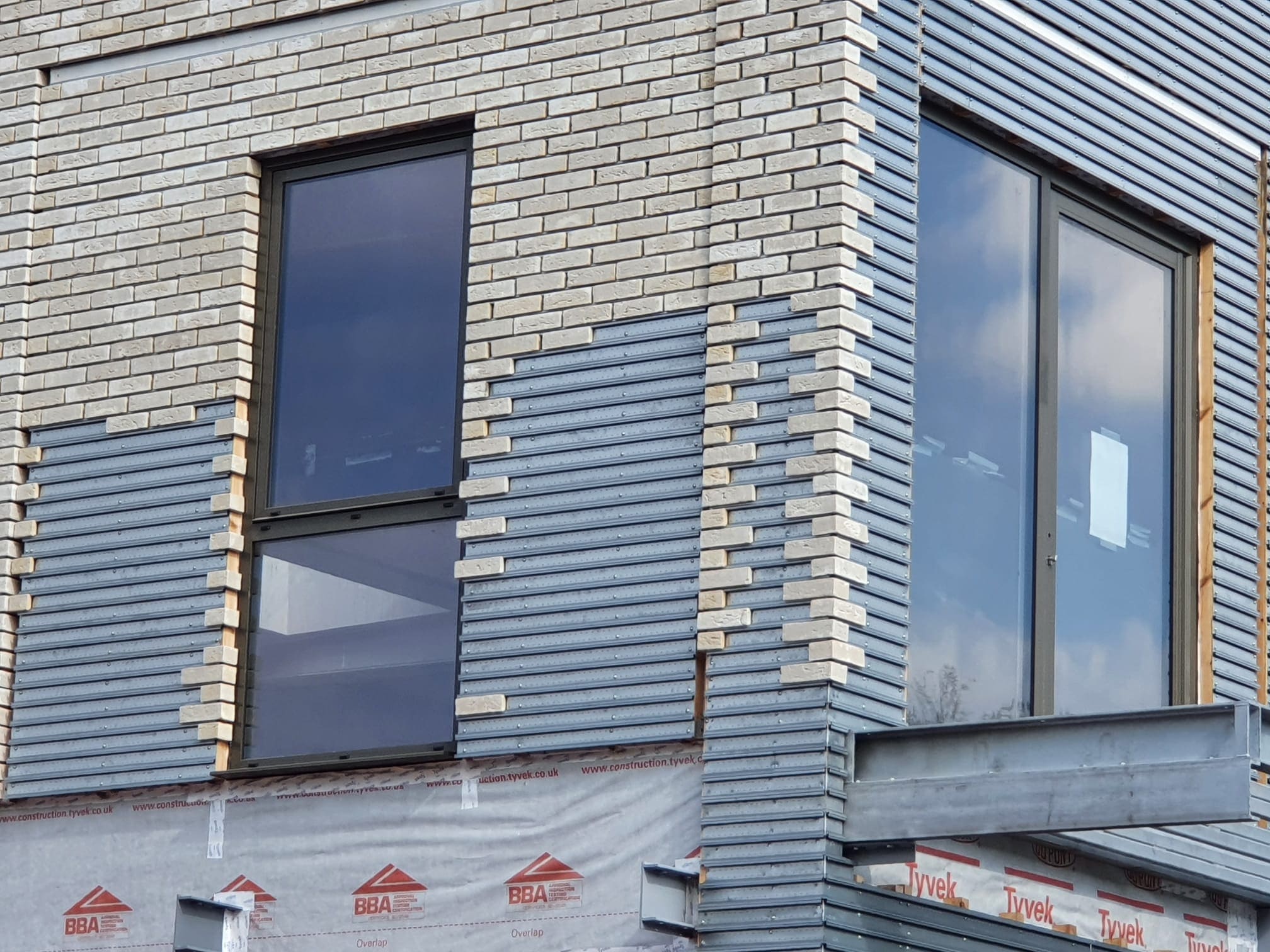 495
495
 0
0
Urgent need to retrofit older buildings
Owners of old commercial and residential buildings must explore the retrofitting option to meet energy efficiency guidelines, as the UK government resolves to achieve net zero by 2050. The UK is battling with the cost-of-living crisis and a gloomy economic outlook. Homeowners face several challenges to retrofitting houses and buildings despite the significance and urgency of meeting energy efficiency standards.
Urgent need to retrofit older buildings
Energy consumption costs are much higher for older buildings. Households contribute about 40 percent of the UK carbon footprint. In addition, aging commercial and residential properties create excessive energy consumption, resulting in inflated energy bills. Unarguably, there is a pressing need to save energy and mitigate carbon footprint. However, the prohibitive costs of retrofitting the older constructions need in-depth consideration before implementing changes.
The stringent tax regime, rising mortgage rates, and stiff regulations severely burden landlords, property owners, and buy-to-let investors. Older properties that have solid walls require exorbitant investments to match the energy efficiency standards of a newly built well-insulated home built to the updated 2022 standards. Assessing the economic viability of retrofitting old buildings in residential and commercial sectors is crucial before planning investments.
Economic considerations
Most commercial property owners remain skeptical about the return on investment when retrofitting buildings. There is a considerable improvement in their perceptions of their Surveyors and Property Advisors to help them understand the calculation of the ROI (return on investment) for retrofitting. Investment should be presented with a typical break-even analysis to manage short-term expectations.
There are several intangible benefits of retrofitting older buildings, though computing an ROI is challenging because of severely higher project costs. More new commercial tenants seek low-carbon properties. In the coming years, a building's value may well plummet if no energy efficiency measures are introduced. So, the market will dictate that retrofitting is crucial to comply with energy efficiency norms and to fulfill tenants' expectations.
Risk-to-benefit considerations
It is only a matter of time before a building that does not meet energy efficiency standards will have the potential to sell or be slashed. Buyers and occupiers are slowly getting more savvy and over time these norms will become universal. Having an energy-efficient property in the right location will fetch a good price, A-grade premises will deliver a price premium, besides attracting premium tenants.
There will be a severe shortage of commercial rental properties as landowners postpone retrofitting because of the high investment cost. It will drive rents for the buildings, ensuring energy efficiency compliance. Premium rents will help absorb the high cost of retrofitting older commercial and residential buildings in the long run.
Need to develop a skilled workforce
Retrofitting activities to make older buildings energy efficient will generate hundreds and thousands of new jobs. There is a need to develop a strong workforce comprising scaffolders, electricians, carpenters, and plumbers for retrofitting old buildings.
The construction industry struggles with workforce shortages because of aging, Brexit, and the recent pandemic. The construction sector will require a continuous yearly supply of workers for three decades to achieve the net zero objectives by 2050. The government should help bridge labor shortages and streamline funds to provide retrofitting training to workers.
How will retrofitting boost the economy?
Refurbishing is necessary to extend the lifespan of vintage or older buildings. Several factories, mills, and townhouses that witnessed and contributed to the Industrial Revolution can boost the economy and job market in the UK through retrofitting activities. It will also take the country closer to its climate targets as these will minimize carbon emissions significantly.
Retrofitting older buildings improves economic output by boosting the construction industry. It will also help promote the tourism and hospitality sectors in the UK. Energy-efficient homes lower carbon footprint and reduce energy bills, besides improving the health and living standards of the residents.
Visit Ringley Popular pages:
Page 1: Ringley Group
Page 2: Leasehold Guidance
Page 3: Ringley FAQs
Page 4: Ringley Blogg
Retrofitting as a Catalyst for Economic Growth and Net Zero Goals
Retrofitting older buildings not only supports the UK’s climate targets by reducing carbon emissions but also boosts the economy. It creates job opportunities in the construction sector, revitalizes historic properties, and drives long-term value in commercial and residential markets. Additionally, energy-efficient buildings improve the quality of life for residents while contributing to the broader economic landscape, including tourism and hospitality.





Meet our Expert Property Commentators



























